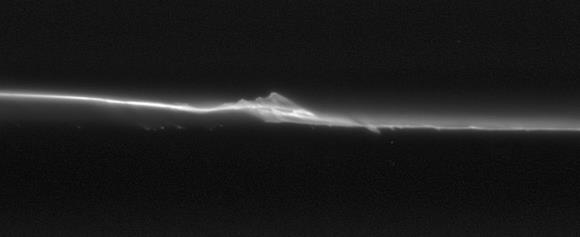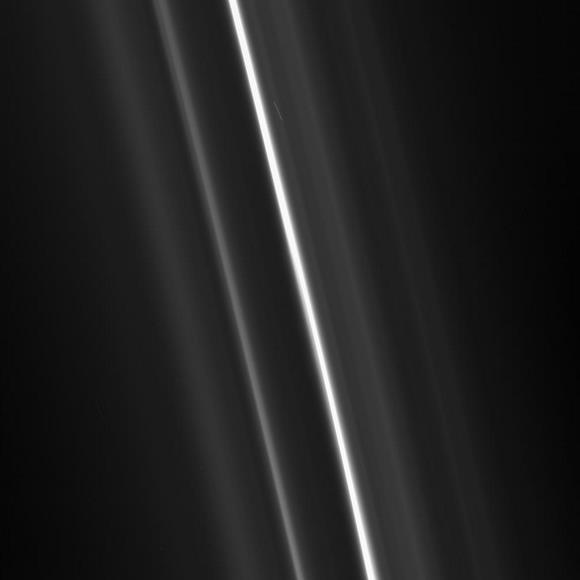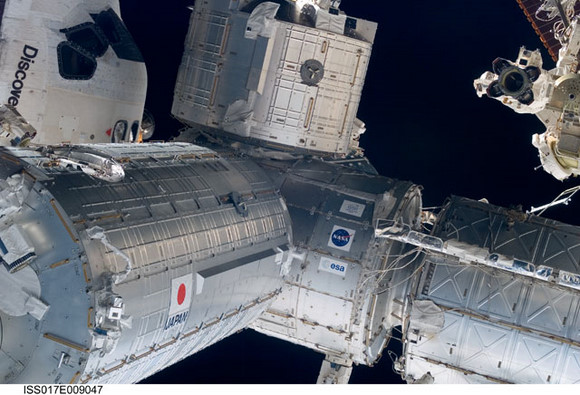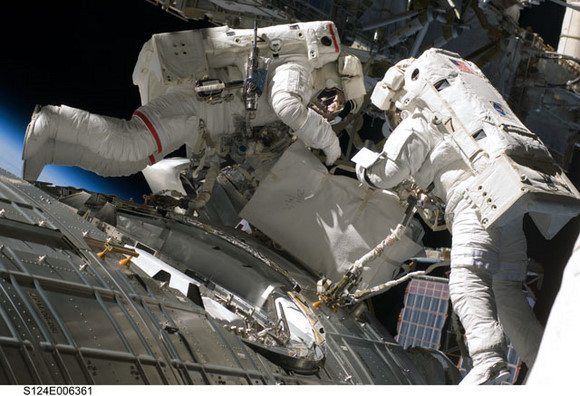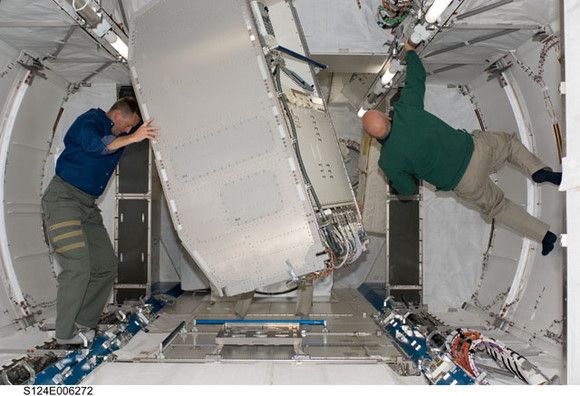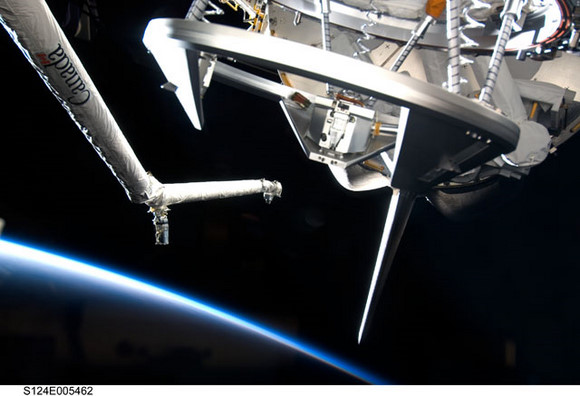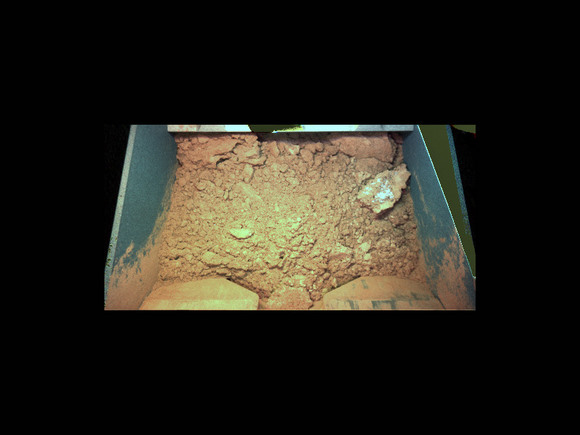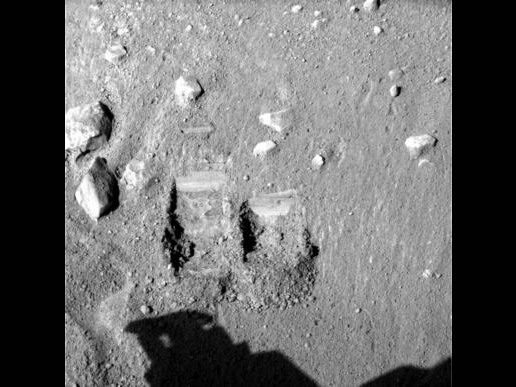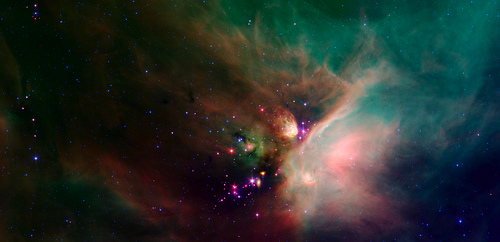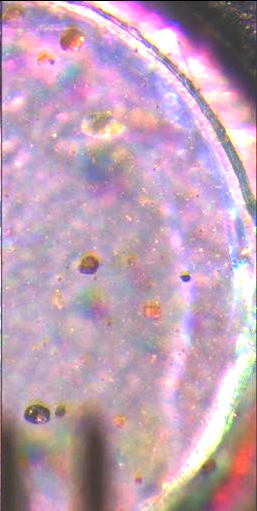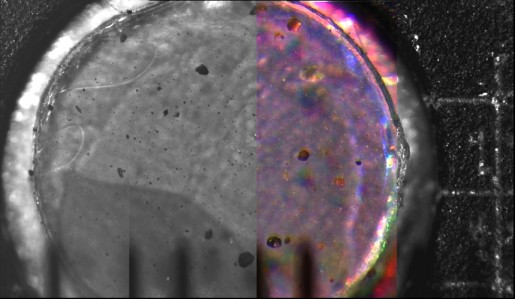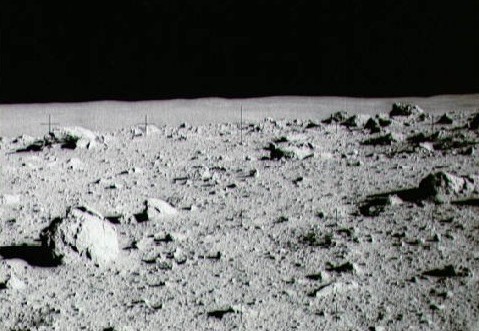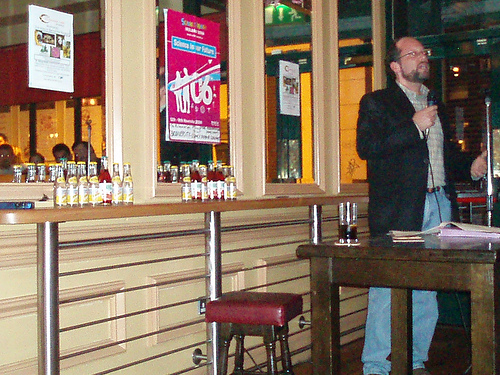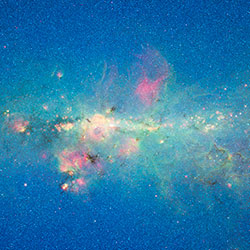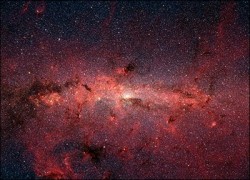Scientists from the Cassini mission are finding Saturn’s rings to be very dynamic; constantly changing and evolving. This is especially true for one of Saturn’s outermost rings, the F ring. This ring can change rapidly, sometimes on a timescale of hours, and astronomers believe it’s probably the only location in the solar system where large scale collisions happen on a daily basis. New images from the Cassini spacecraft have revealed unprecedented detail of this ring, including evidence that several small, unseen moons collide with other ring particles and cause perturbations called jets, streamers and fans.
Saturn’s F ring is very thin, just a few hundred kilometers wide, and is held together by two shepherd moons, Prometheus and Pandora, which orbit inside and outside the ring. For some time, scientists have suspected the presence of tiny moonlets that orbit Saturn in association with the clumpy F ring. As the small satellites move close to the F ring core they leave a gravitational signature. In some cases they can draw out material in the form of a “streamer.” Another perturbation called “jets” are the result of collisions between small nearby moonlets and the core of the F ring.
Scientists speculate that there could be several small moons with a variety of sizes that create these structures.
The leader of this analysis, Carl Murray of Queen Mary, University of London said, “Previous research has noted the features in the F ring and concluded that either another moon of radius about 100km must be present and scattering the particles in the ring, or a much smaller moonlet was colliding with its constituent particles. We can now say that the moonlet is the most likely explanation and even confirm the identity of one culprit.”
A ~5km object discovered by Cassini in 2004 (called S/2004 S 6) is the best candidate to explain some of the largest jets seen in the images.
The Cassini images also show new features called “fans” which result from the gravitational effect of small (~1km) satellites orbiting close to the F ring core.
Understanding these processes helps scientists understand the early stages of planet formation.
Professor Keith Mason, CEO of the Science and Technology Facilities Council which funds UK involvement in Cassini-Huygens said “This incredibly successful mission has taught us a great deal about the solar system and the processes at work in it. Understanding how small objects move within the dust rings around Saturn gives an insight into the processes that drive planetary formation, where the proto-planet collects material in its orbit through a dust plane and carves out similar grooves and tracks.”
Original News Source: Physorg

